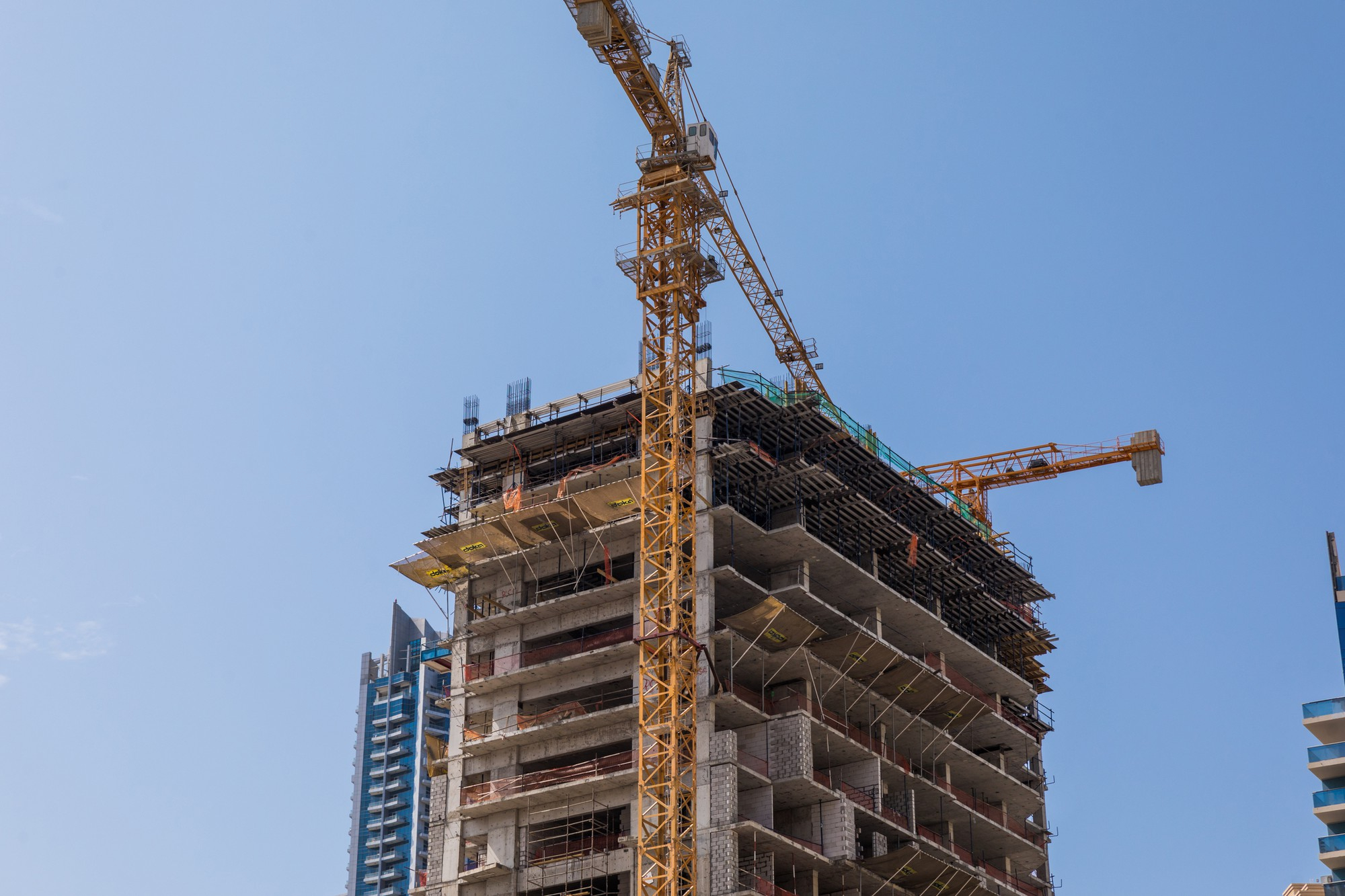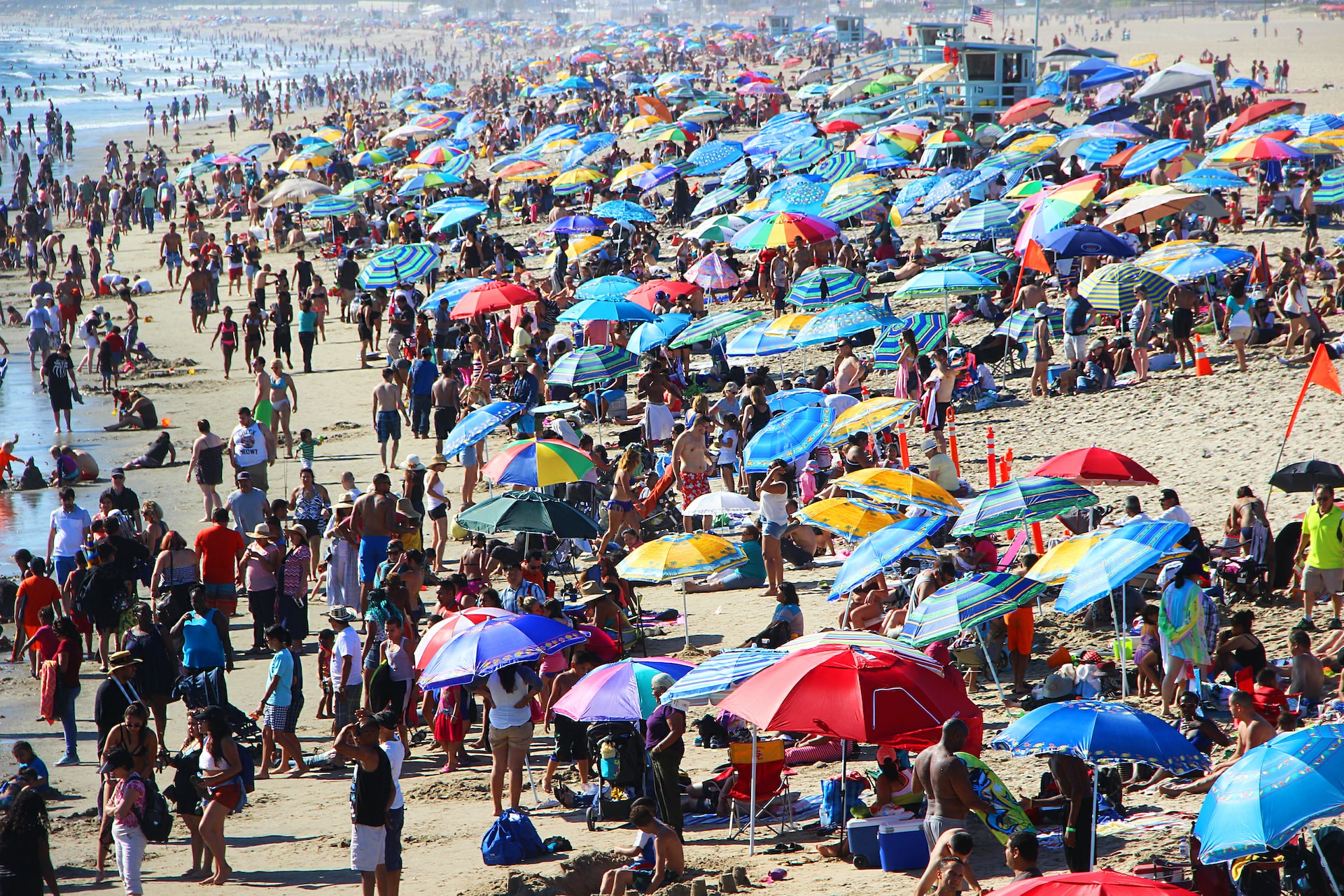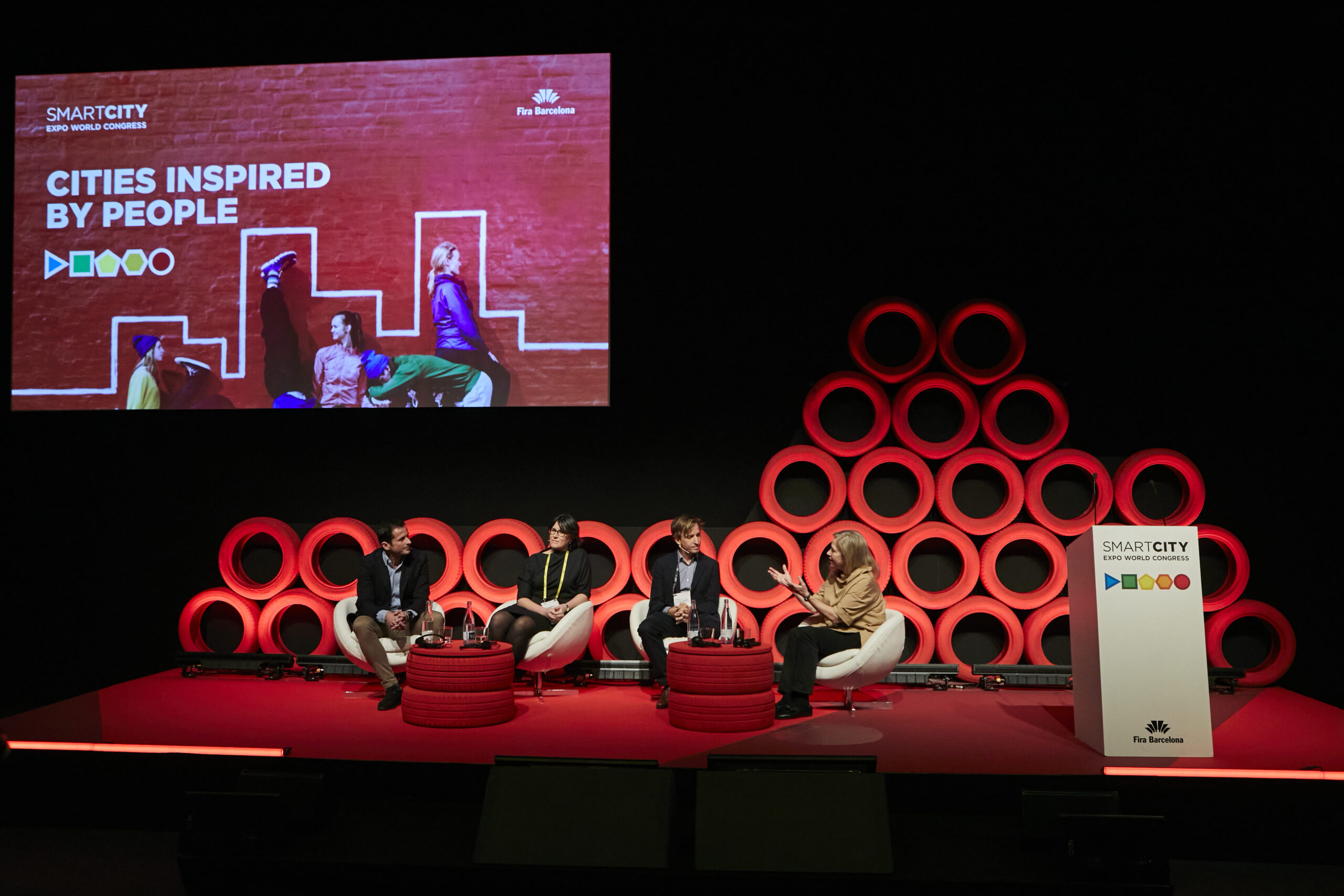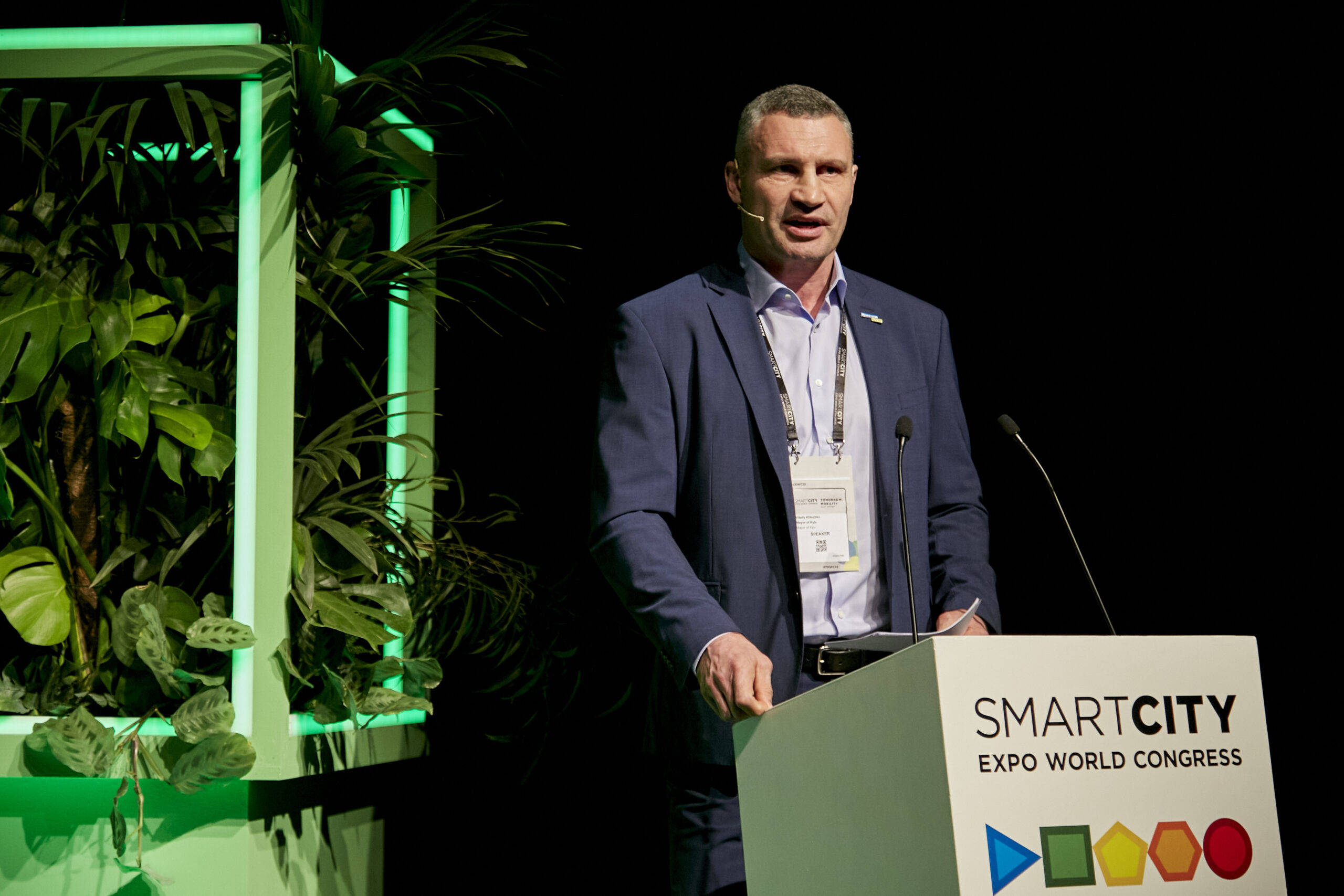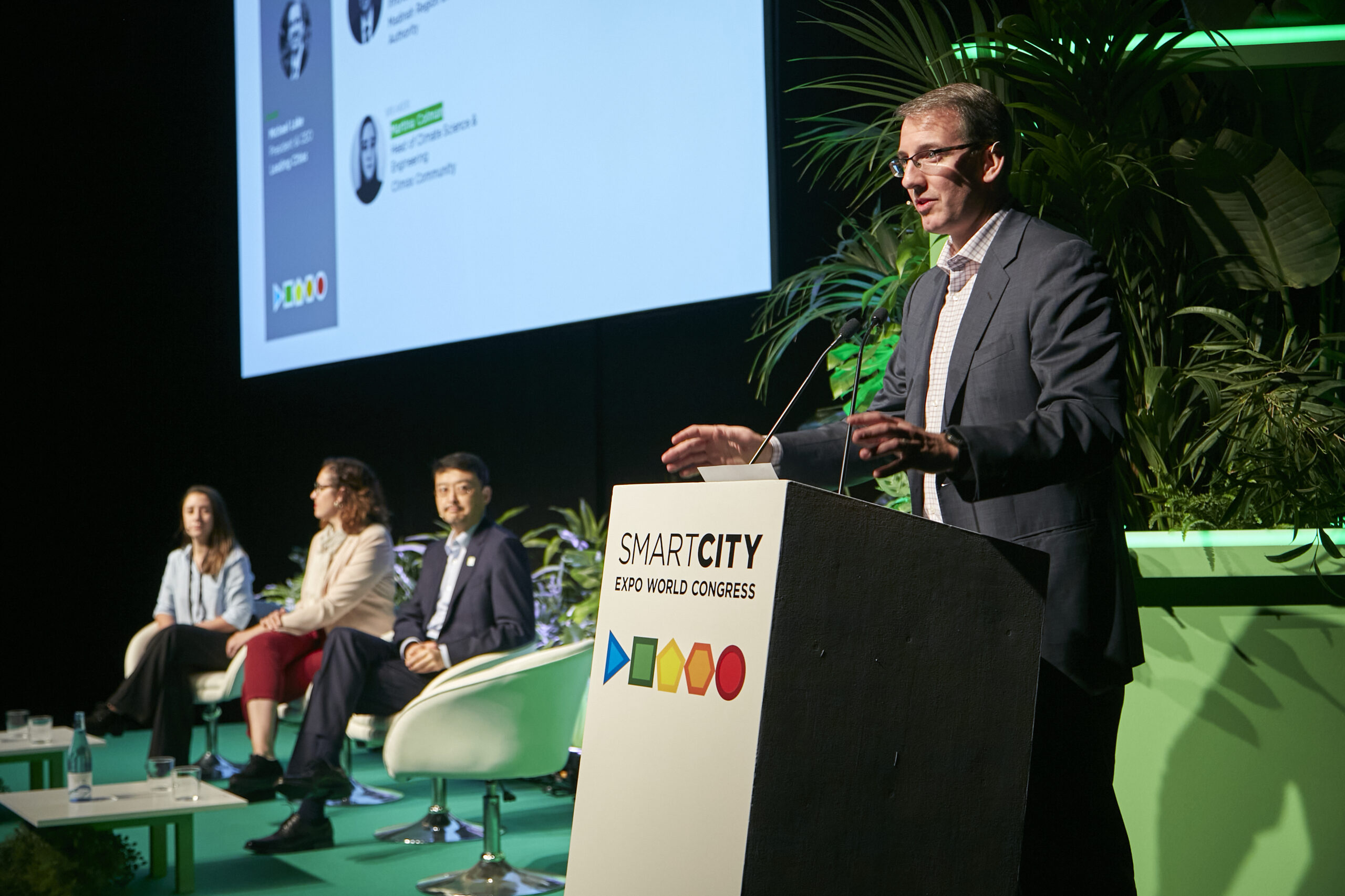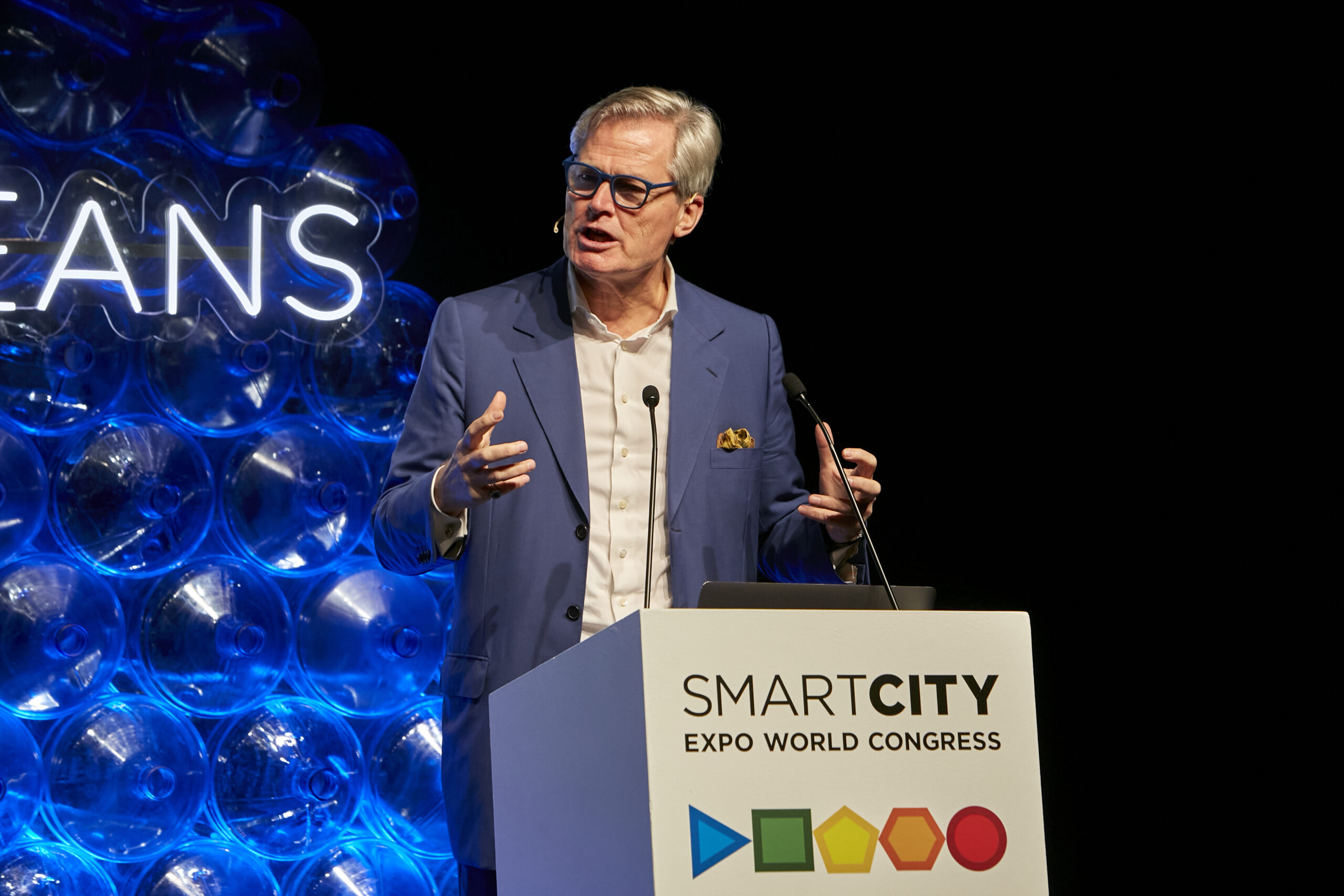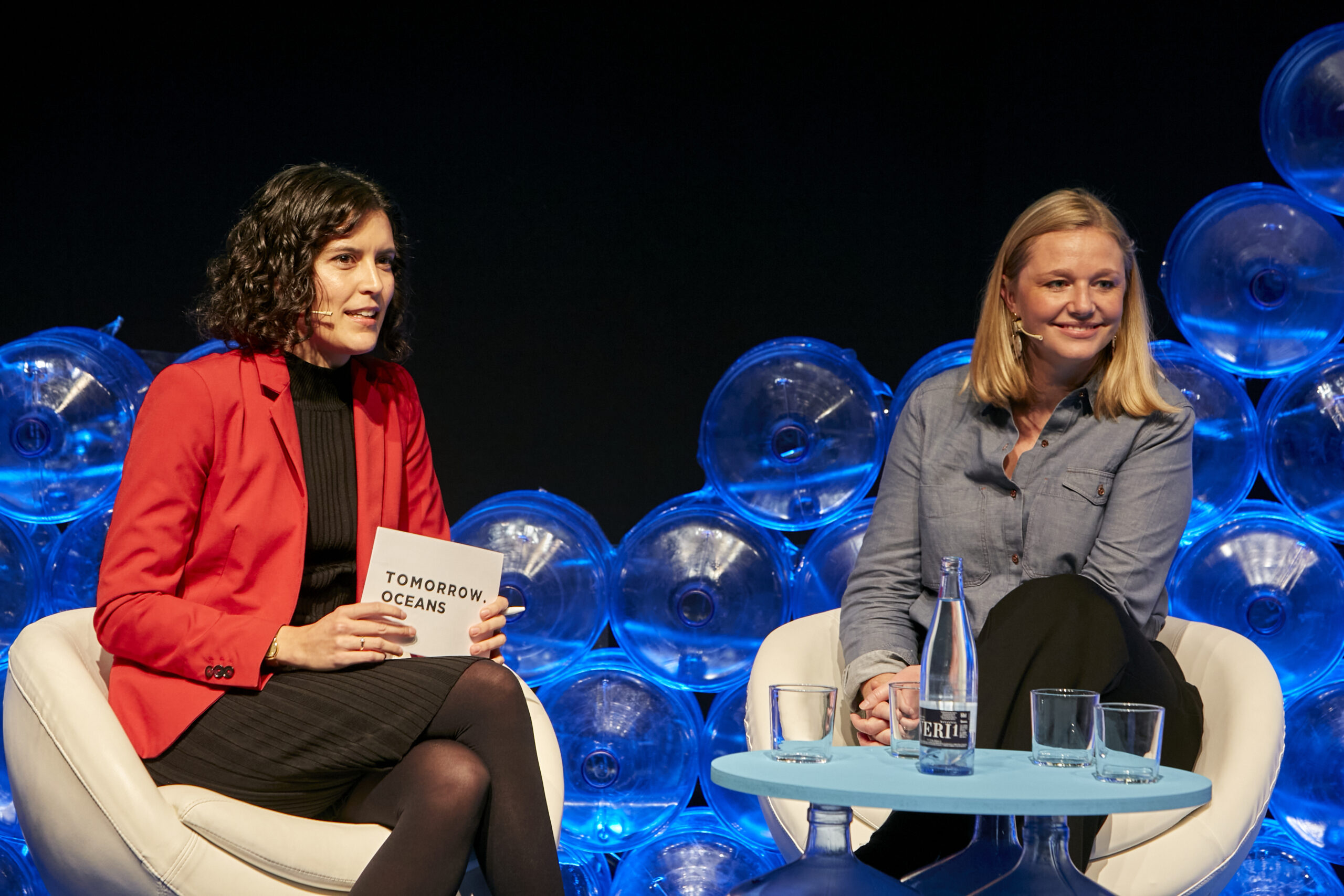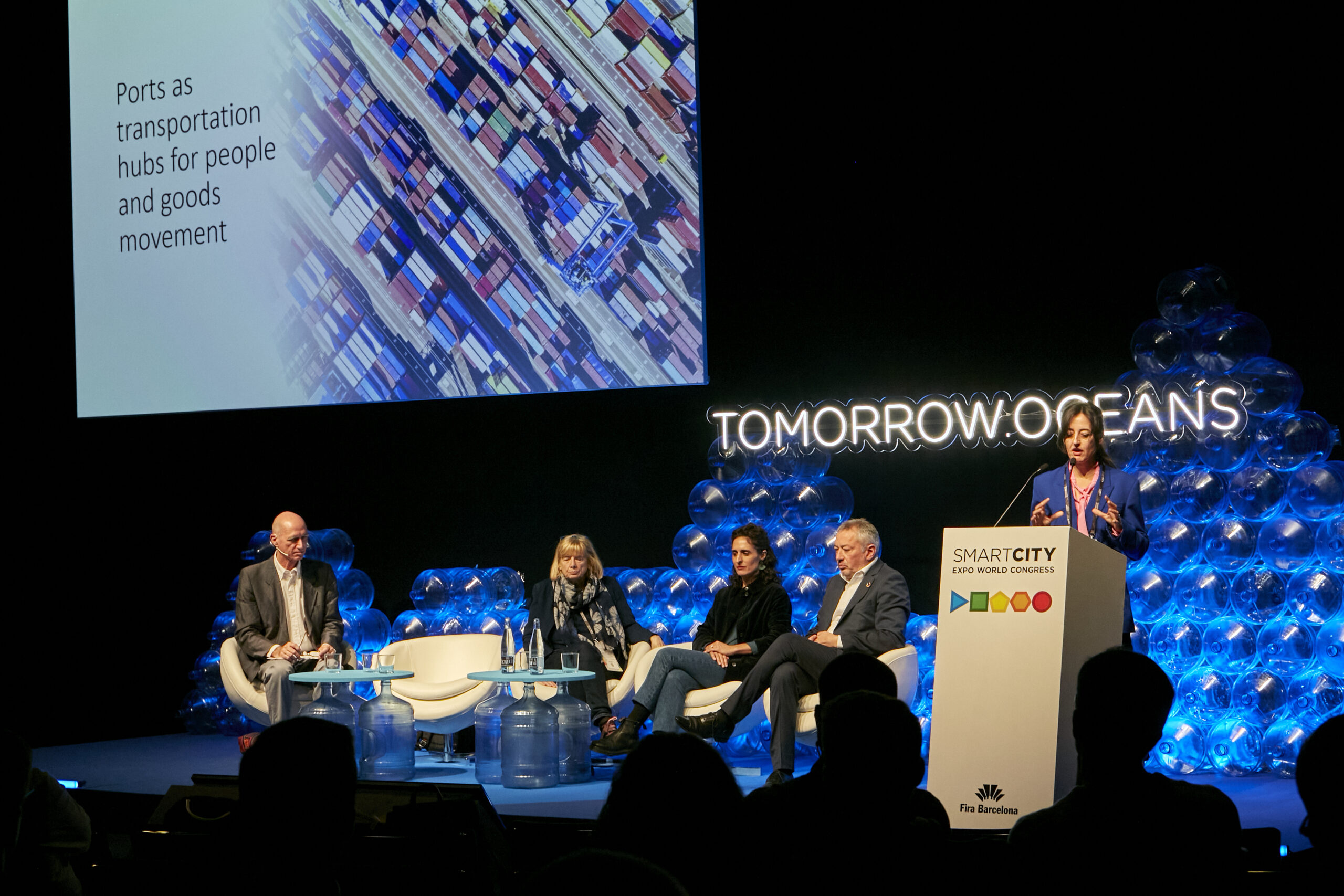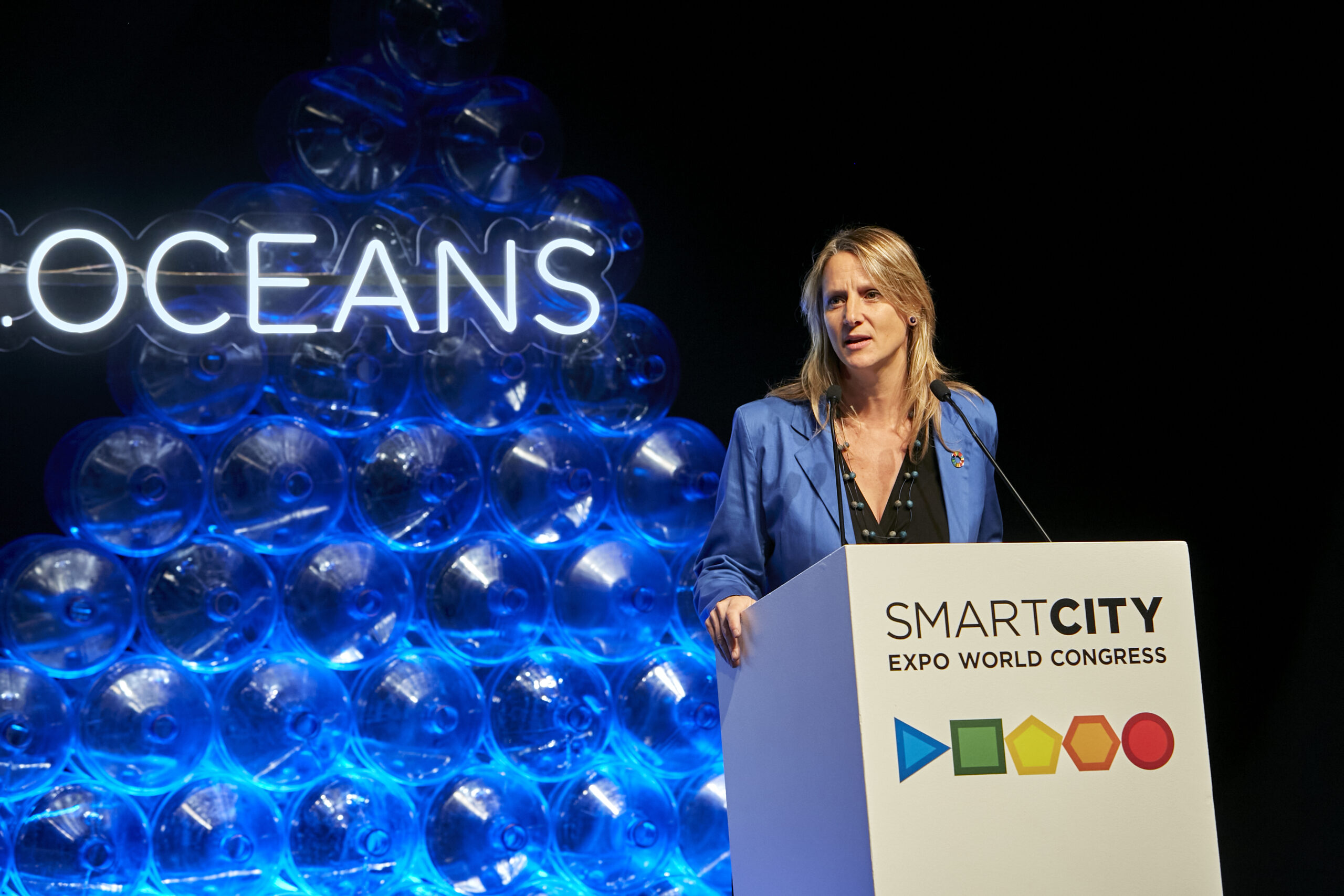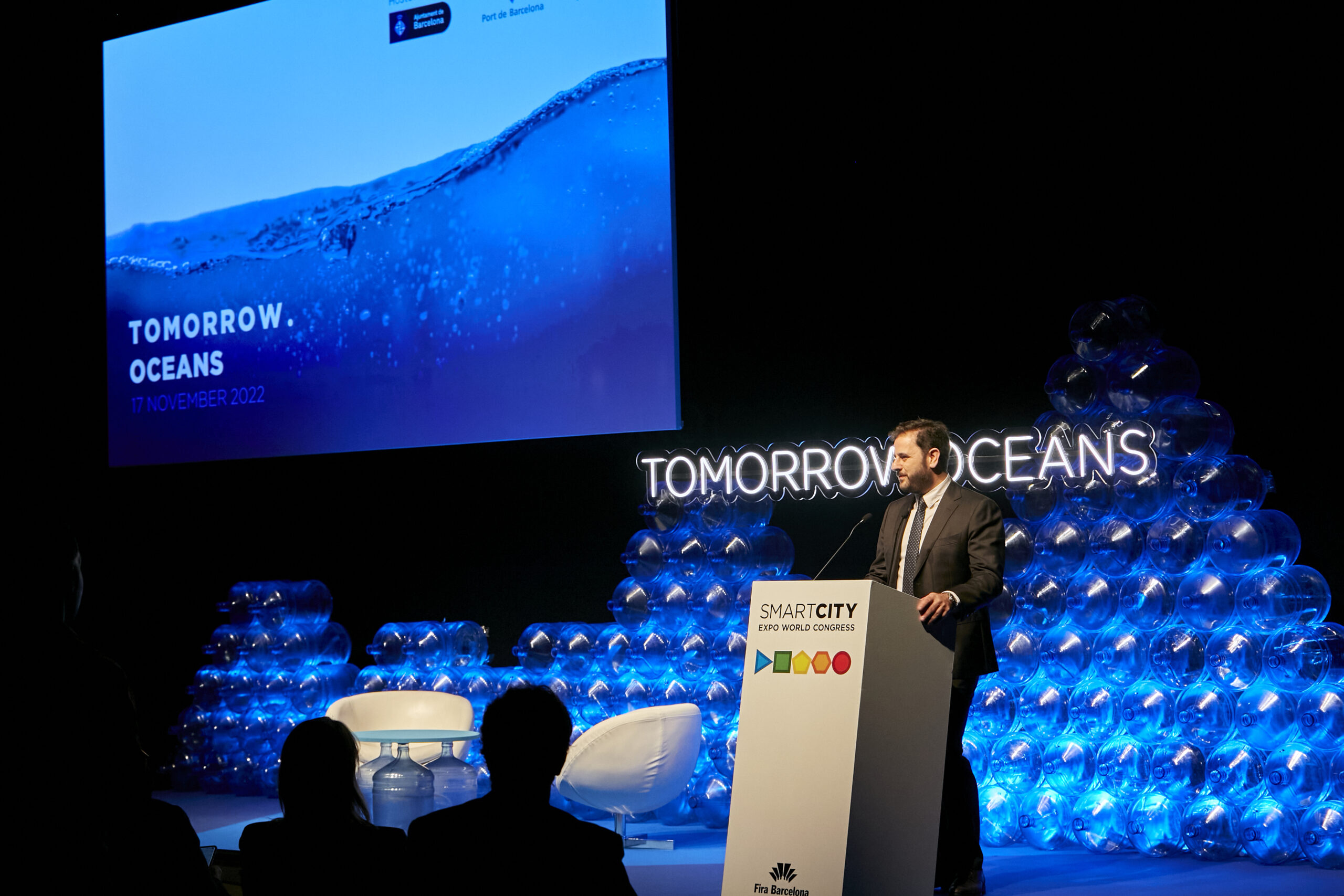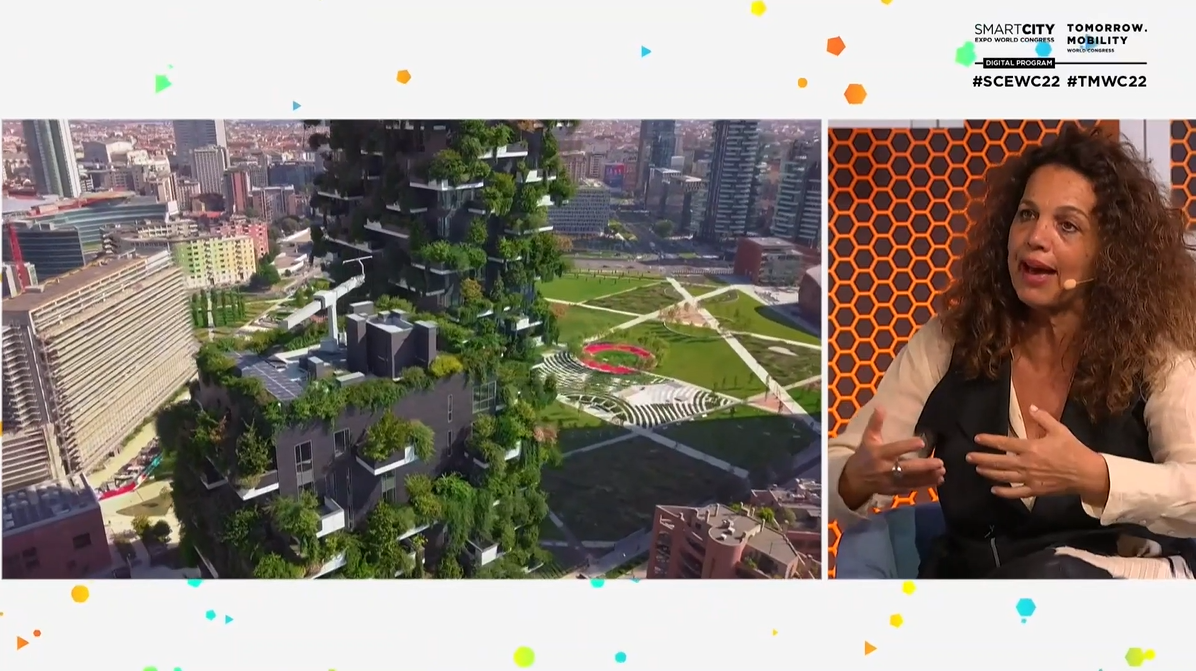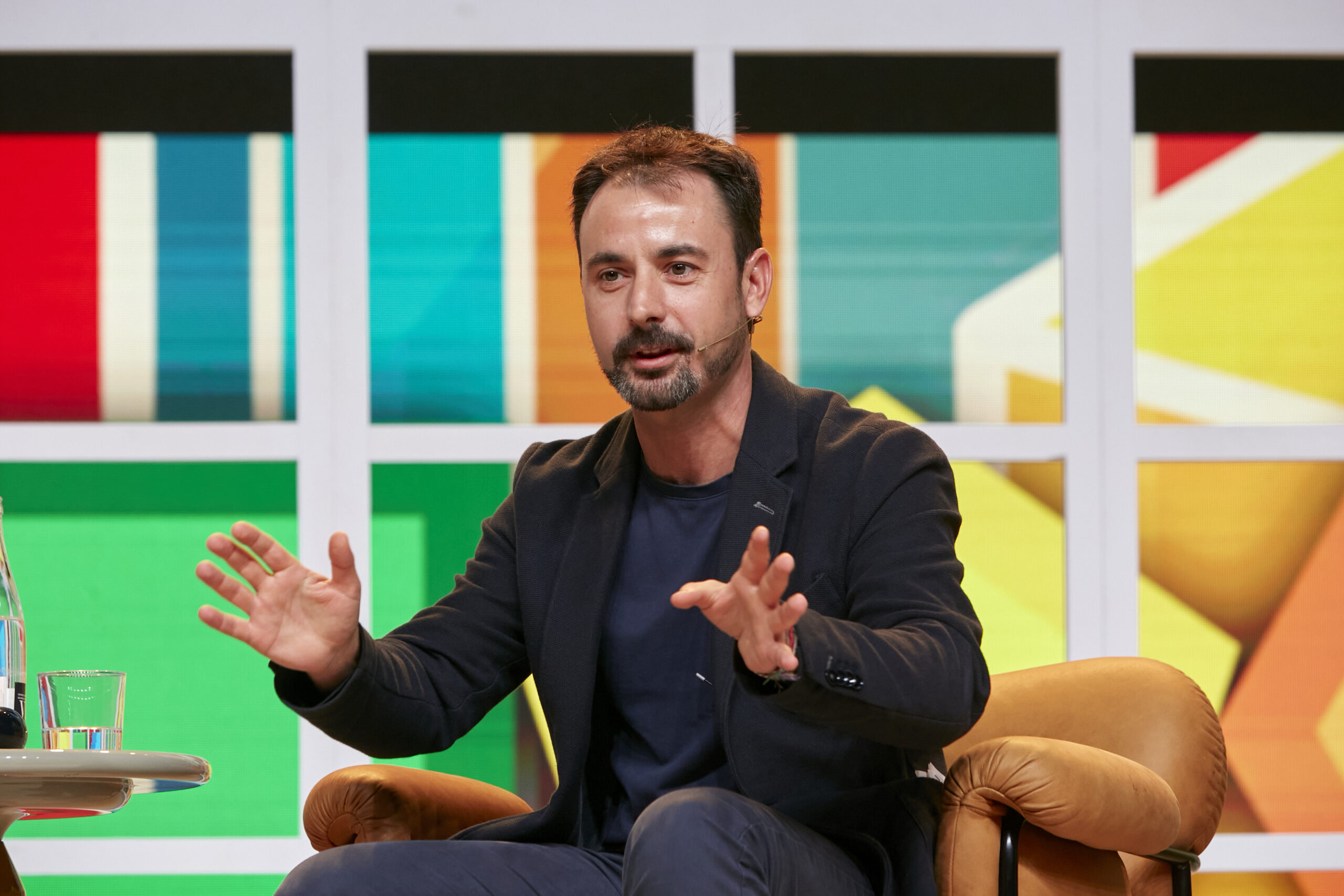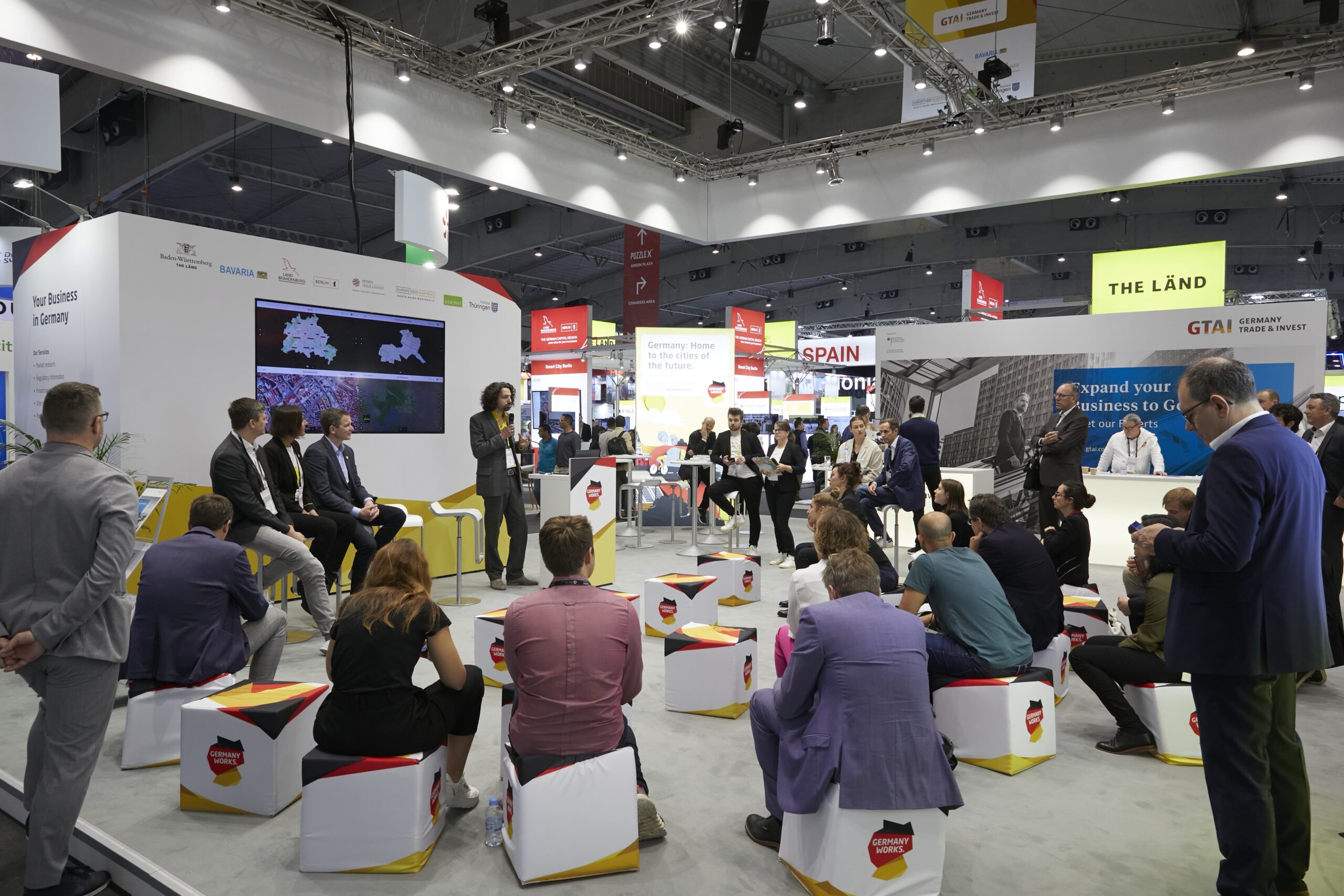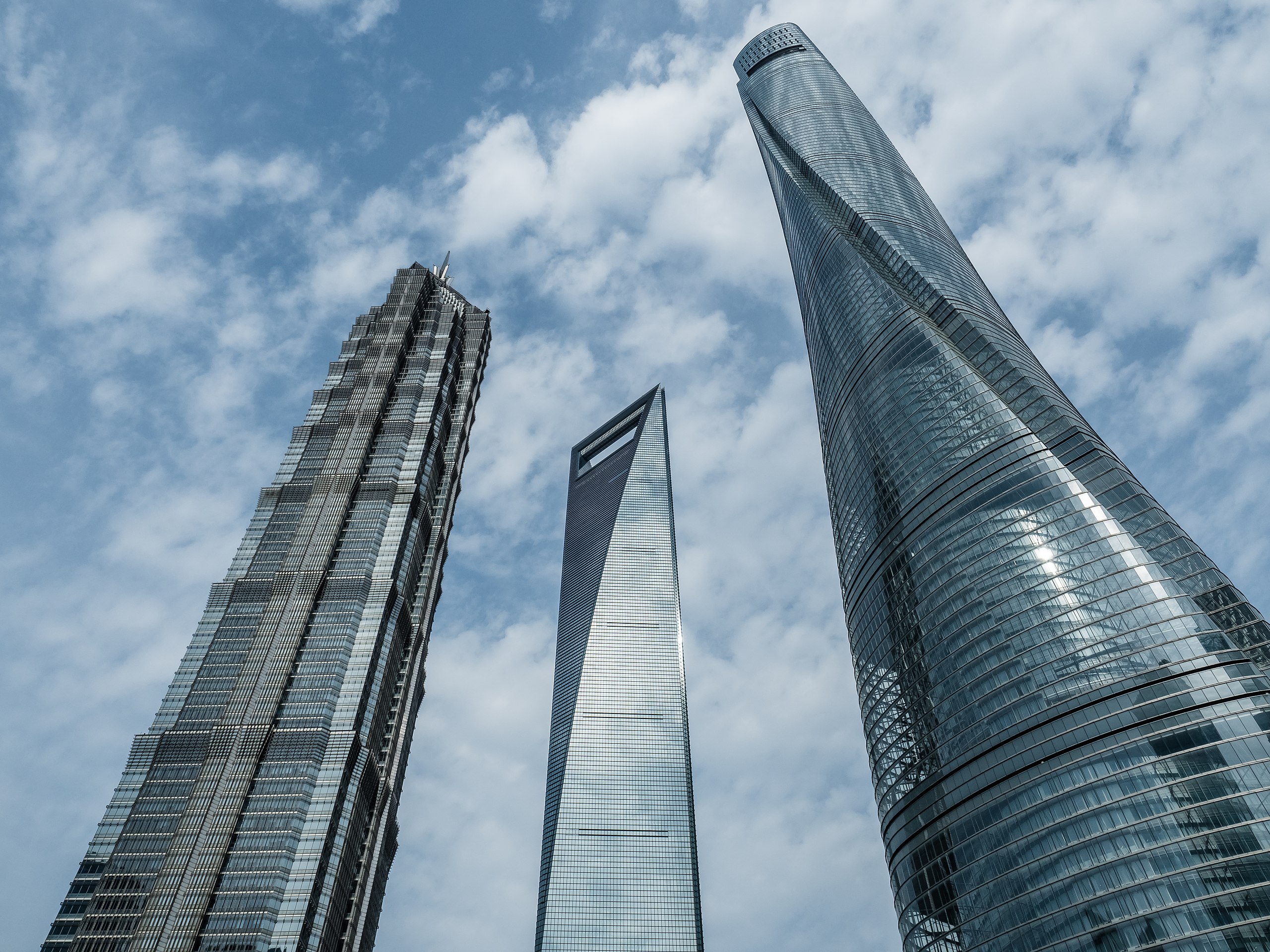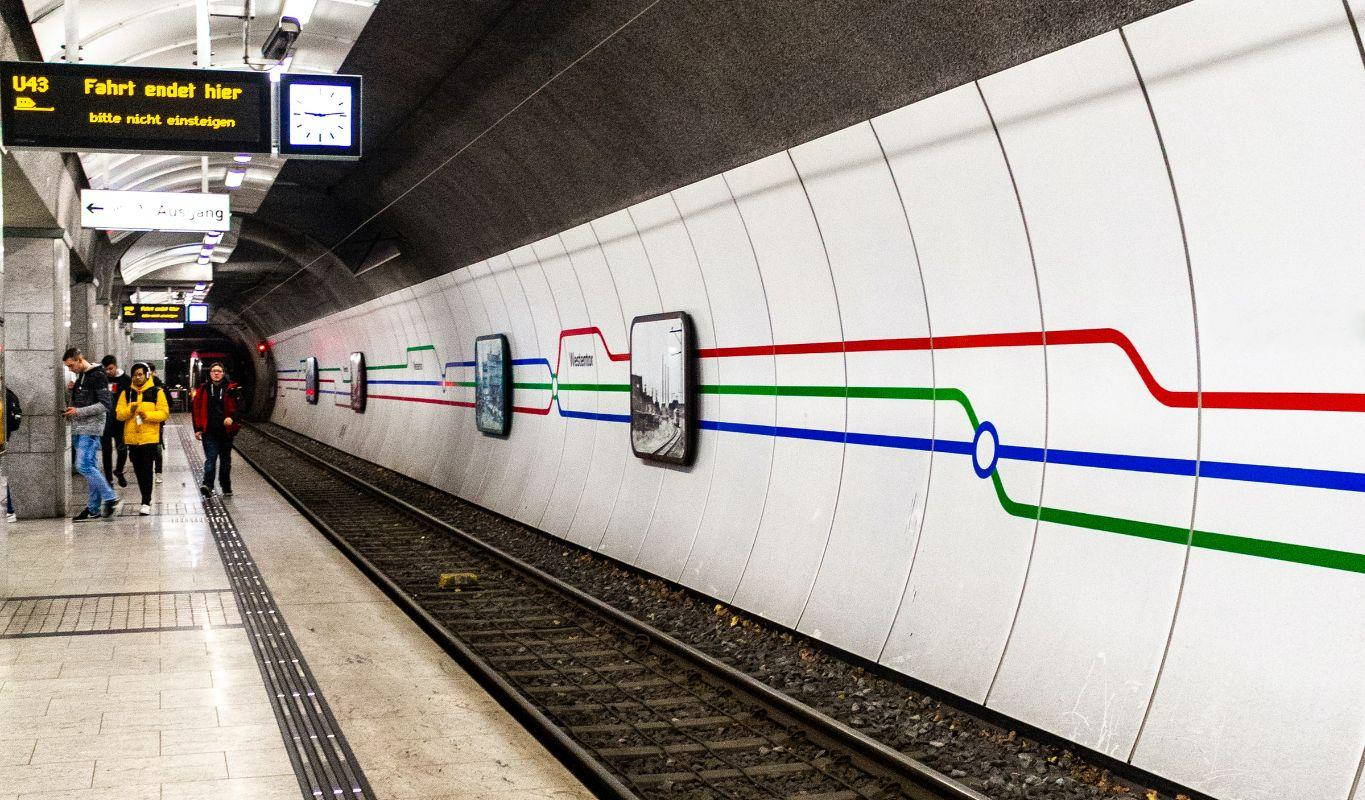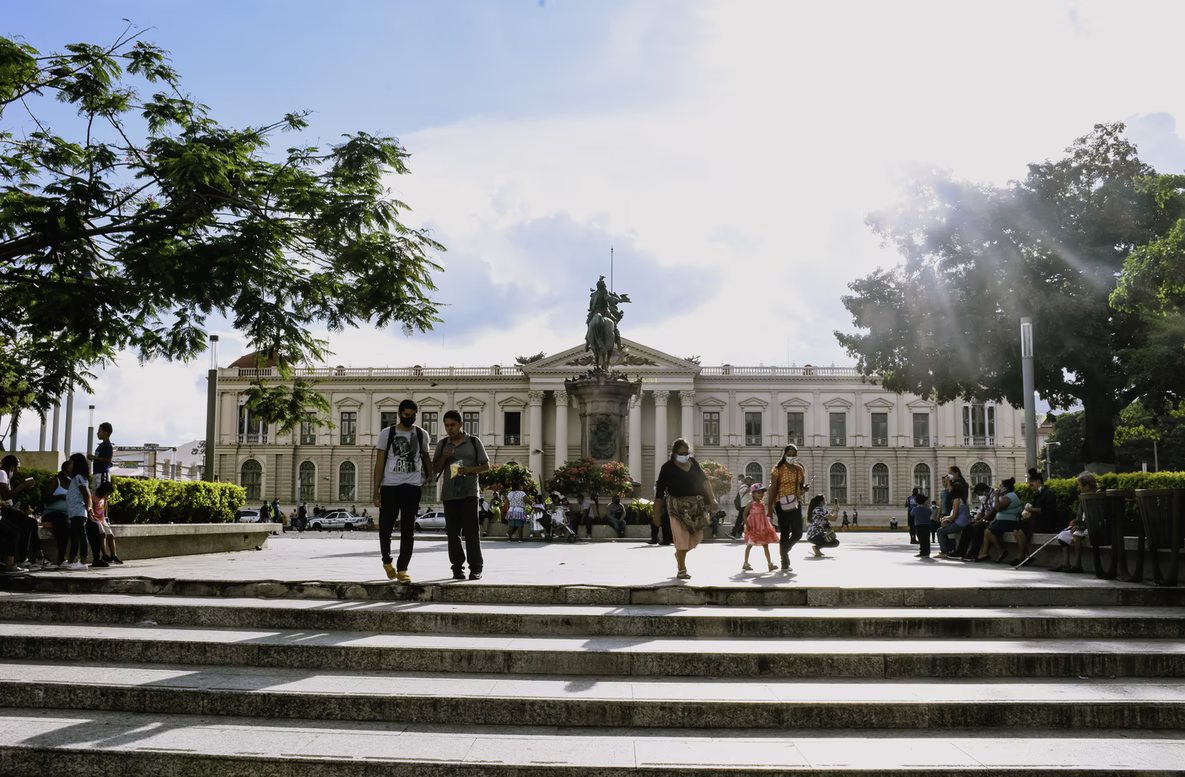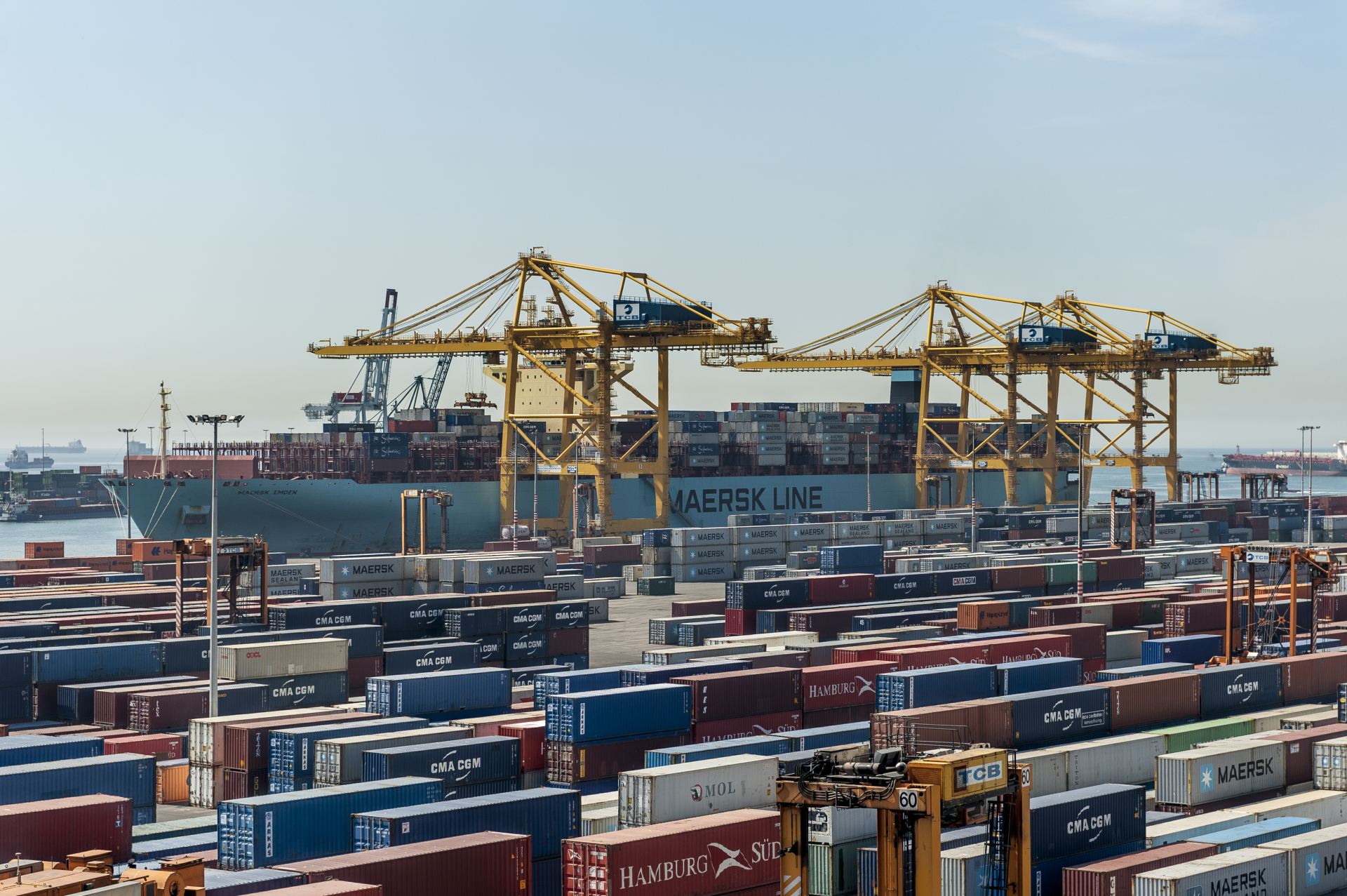Author | Jaime Ramos
What makes a city attractive to talent is strongly related to human decisions: after all, they are based on the inexplicable love of a city in which a life project makes more sense. Or perhaps there is an explanation behind these choices. Which cities hold the top spot in that talent attraction ranking? Why are they in the lead?
“What is the city but the people?” Four centuries later, William Shakespeare’s accurate rhetorical question is still more valid than ever. And this is confirmed by the Worldwide Observatory for Attractive Cities 2023 directed by Prof. José Antonio Ondiviela, who also uses this quote to define the concept of city dynamism.
The Observatory is more than just a study. It focuses on determining, with each edition, the reasons behind the successful examples of the most attractive cities. To do this, they have sowed and reaped the results generated by over one hundred twenty parameters associated with the two areas that give the project its identity and which explain why a city is more or less attractive: Magnetism (as an emotional driver that is divided into identity, dynamism and strategy) and Profitability, or city services obtained vs economic wellbeing or cost of life (the rational driver).
The Competition for talent
The Observatory has focused strongly on dissecting the phenomenon that is now a global phenomenon: talent attraction. New technologies applied to the urban arena have arrived to change everything, starting with the classic economic term “human capital”.
The question arises as to whether, in the technological and industrial revolution we are experiencing today, spearheaded by the still inscrutable Artificial Intelligence applications, the Shakespeare of today would have changed his famous quote to “What are cities and startups, but the people”.
Talent has an implicit component of volatile freedom that has passed on to city managers. If competition used to focus on attracting companies, cities now focus on forming focal points to attract personal talent that go beyond the technology sector.
Technology, Talent and Tolerance
“Western cities need additional human capital. Eastern and emerging countries are working on building up their own human capital (their young populations) and retaining it to serve as the cornerstone of their prosperity.” This is how the study describes that global struggle for prosperity explained under the recipe of the three T’s: Technology, Talent and Tolerance.
In this regard, in 2023 the Observatory has completed its ranking of the most attractive cities with the aim of not only establishing those at the top of the list today, but also the reasons behind this lead. The parameters have been adjusted to reach the 120 from both official international sources and its own.
Europe and Japan, ahead of the US

The main new aspect of the current classification is that the 18 US cities studied have dropped some places in favor of a series of European and Japanese cities. Although the US cities were first to recover from the effect of the pandemic, the subsequent higher inflation/recession and late arrival of sustainability incentives (IRA) have given European and Japanese cities a chance to make firm progress, thanks to new green incentives combined with strong investment in new technologies.
Therefore, in the 2023 ranking, 25 of the 30 most attractive cities are European, basically, cities in Norway, Finland, Denmark, Germany, Switzerland, Austria and the Netherlands. The study outlines the introduction of new technologies as one of the main reasons behind the success of urban strategies, supported by the obligation for at least 20% of recovery funds to be invested in this area.
These have allowed the cities to speed up in areas that had been delaying investments up until now, such as the establishment of regulatory frameworks to cover legal vacuums and address social challenges in areas of technologies such as AI or Big Data management.
The growing attractiveness of medium-sized cities.

Also of note is that this European trend has converted medium-sized cities into magnetic cities. Cities such as Bern, Stavanger, Aarhus, The Hague and Tampere, for example, with populations that do not exceed 600,000.
Understanding their gravitational force requires, as the study indicates, taking into account the balance they have achieved between the rational safety provided by their economic activities and investments in technologies, together with a “strong magnetism based on an excellent system of social protection, high standards in democracy and government, reputation, ethics and social values, equality and care for the environment”.
These cities start in an advantageous position, they do not have the same endemic problems as macro-cities, the application of policies is efficient and the results are more easily quantified.
Tampere, in Finland, is a typical example. This city is revitalizing its investment in technology based on research (this is a city that has a population that barely reaches 200,000 and it has three universities) and a commitment to digitalization with urban applications in areas such as AI or the metaverse.
This positioning is combined with a solid social strategy. In fact, its official road map for 2030 not only mentions the technological sphere. The protagonist, on the other hand, is a specific plan of action in social areas and promoting the sense of community.
How does AI boost city attractiveness?

In the 2023 edition, the Observatory has intensified the analysis of various tools used by artificial intelligence to be a catalyst of city development. The efforts on structuring the many areas in which AI participates is really interesting in terms of effectively understanding what happens within the digital entrails of cities. The study focuses on five areas:
- Generative AI applied to services for cities and information management.
- Assistive AI (Copilot) to improve administrative processes and management.
- Predictive AI that opens the way to new urban planning simulation models (Digital Twins).
- Augmented and virtual reality, enabling physical/digital models in Tourism.
- Neural Networks and Deep Learning, as the cornerstone of new mobility services, such as MaaS or developing new autonomous and air mobility, such as eVTOLS.
The study adds an area focused on relationships between urbanism and mobility when it comes to reaching sustainability, emissions reduction and urban resilience objectives.
Are you a match with a city? This app can help you

If we go back to the elective affinities between people and cities, we should point out that today’s technology also helps with this task. The Worldwide Observatory for Attractive Cities has developed an app, available for iOS and Android, which “offers a short list of the main cities of the world that best adapt to your expectations and preferences”.
Based on work conducted by the Observatory, it asks users about their values or expectations regarding city services. The classification model is structured by organizing the preferences around magnetism and the most valued services, together with economic conditions to show a personalized ranking of the world’s top 175 most attractive cities.
These instruments are a good example for helping us to gain a better understanding of the mystery surrounding how cities are increasingly aware of the concept of talent attraction when it comes to enhancing their communities.
+ ABOUT JOSÉ ANTONIO ONDIVIELA
Prof. José Antonio Ondiviela is the Director of the Worldwide Observatory for Attractive Cities, supported by the Universidad Francisco de Vitoria. You can download the 2023 version of this unique Observatory HERE. He is also Microsoft Western Europe Government & Smart Cities Solutions Director.
Prof. Ondiviela will participate as a speaker at the Smart City Expo World Congress 2023, in Barcelona, in the conference Resourceful Governance Advancing City Life, where he will share the main conclusions of the Observatory’s 2023 edition. The session will be held on November 8, from 15:35 and 16:05 local time.
Images | Freepik/freepic.diller, Freepik/wirestock, Wikimedia.commons/kallerna, Freepik/freepik, Freepik/vecstock











